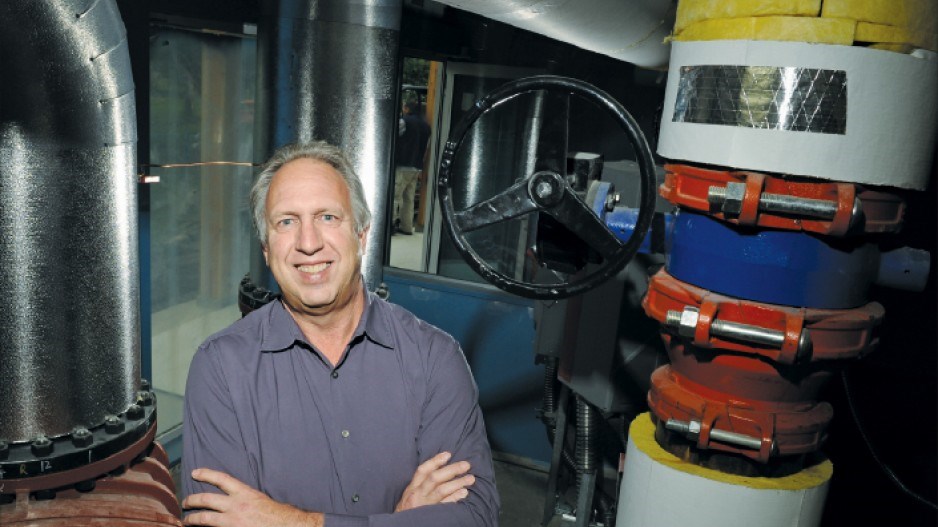A softening real estate market, falling natural gas prices and regulatory obstacles are inflicting a financial toll on district energy operators at several high-profile developments in B.C.
Victoria’s Dockside Green development has a district energy utility (DEU) that has been bleeding red since 2008. The utility’s owners – Corix, VanCity Capital Corp. and FortisBC – have had to absorb operating deficits that have grown to $959,483 in 2010 from $190,729 in 2008, according to a recent Pacific Institute of Climate Solutions white paper.
Jack Touhey, vice-president of public and government affairs for Corix, which operates the utility, said the three partners expect to see a return on investment eventually – it’s just going to take longer than expected.
Corix is also suffering shortfalls at its Sun Rivers Resort Community district energy system near Kamloops, and the $32 million energy system it operates at the UniverCity project next to Simon Fraser University costs three times more to provide heat than traditional natural gas systems, according to Peter Ostergaard’s The Regulation of District Energy Systems.
District energy systems centralize heating and cooling for a geographic district. They’re often used in new developments, especially “green” communities that focus on sustainability.
Economies of scale make them more energy efficient than traditional utilities, but from an environmental perspective the big plus is that they can incorporate a variety of renewable energy sources, including ground source heating (geo-exchange) or biomass.
The $24.8 million River District energy utility, for example, would provide heat for the East Fraser lands development with natural gas in the initial stages. The system is also being designed to take heat from the Burnaby incinerator. But with natural gas prices so low, switching from natural gas to another heat source makes little economic sense.
The main problem with district energy utilities especially those using geo-exchange or biomass, are the high up-front capital costs. “We need to have a critical density of energy use,” Ostergaard said. “We have to have a competitive rate with conventional sources, and we have to have sources of patient capital.”
Ostergaard, Fraser Basin Council’s energy sustainability facilitator, added that the province needs regulations that would allow DEUs to level out rates so that users would pay less in the earlier stages of the development than what cost recovery requires.
For the consumer, heating and cooling costs from DEUs can be two to three times higher than traditional heating and cooling systems, according to a rate comparison Ostergaard conducted.
Rates for natural gas heating in the Lower Mainland are in the $40 to $60 per megawatt hour (mW/h) range. Dockside Green’s energy costs are $98 per mW/h. Rates at the UniverCity development are $145 per mW/h.
Projects that are scalable to build-out appear not to have the same financial problems as bigger projects like Dockside Green and UniverCity. For example, the City of Richmond and developer Dana Westermark have partnered on the Alexandra District Energy Utility, which will use ground source heat to heat and cool new residential developments in the city’s West Cambie area.
The project has an estimated $6 million construction cost and a projected annual revenue flow for the city of $360,000.
John Irving, Richmond’s director of engineering, said the problem with Dockside Green was that the system was built for a scale of development that has not occurred. It was approved for 1,500 residential and commercial units to be built by 2015, but only 300 units have been built so far.
Richmond’s district energy system is being built in step with residential development as it occurs.
Although it’s more expensive to install a DEU based on a geo-exchange system, once it has been paid for it can provide low-cost energy for decades.
Despite all the financial hurdles DEUs face, Ostergaard believes they should continue to be supported by government policy as a way of providing low-emissions energy, but he added that will need regulatory changes and public subsidies. •




